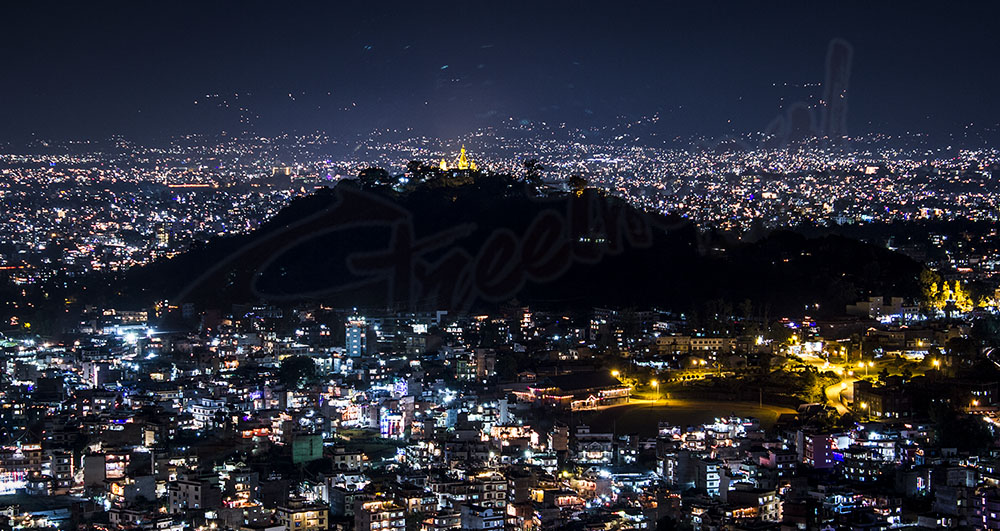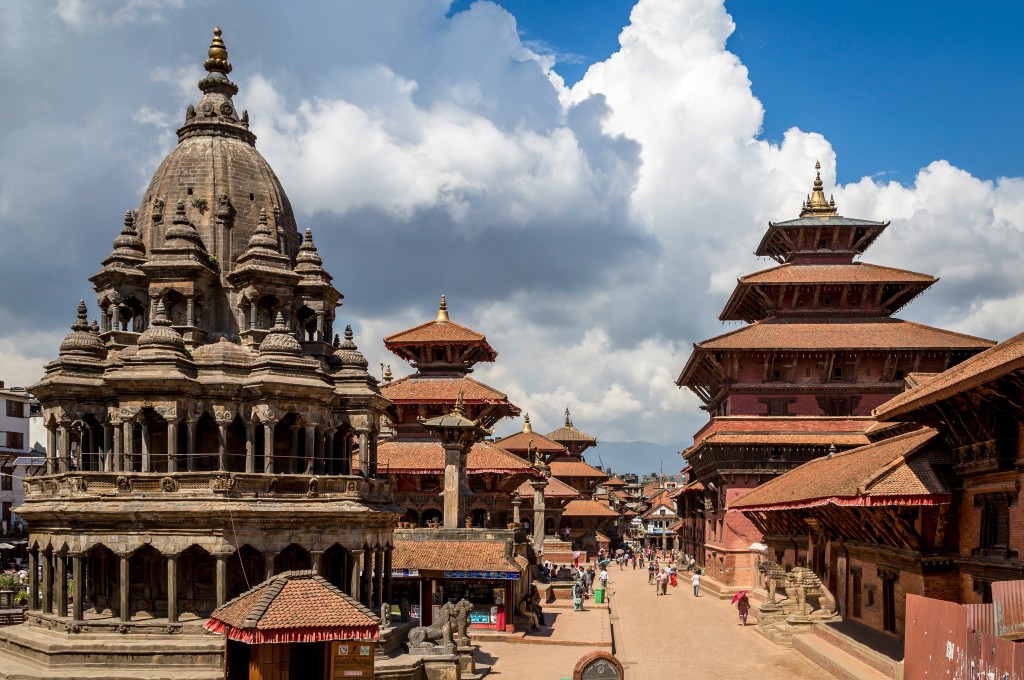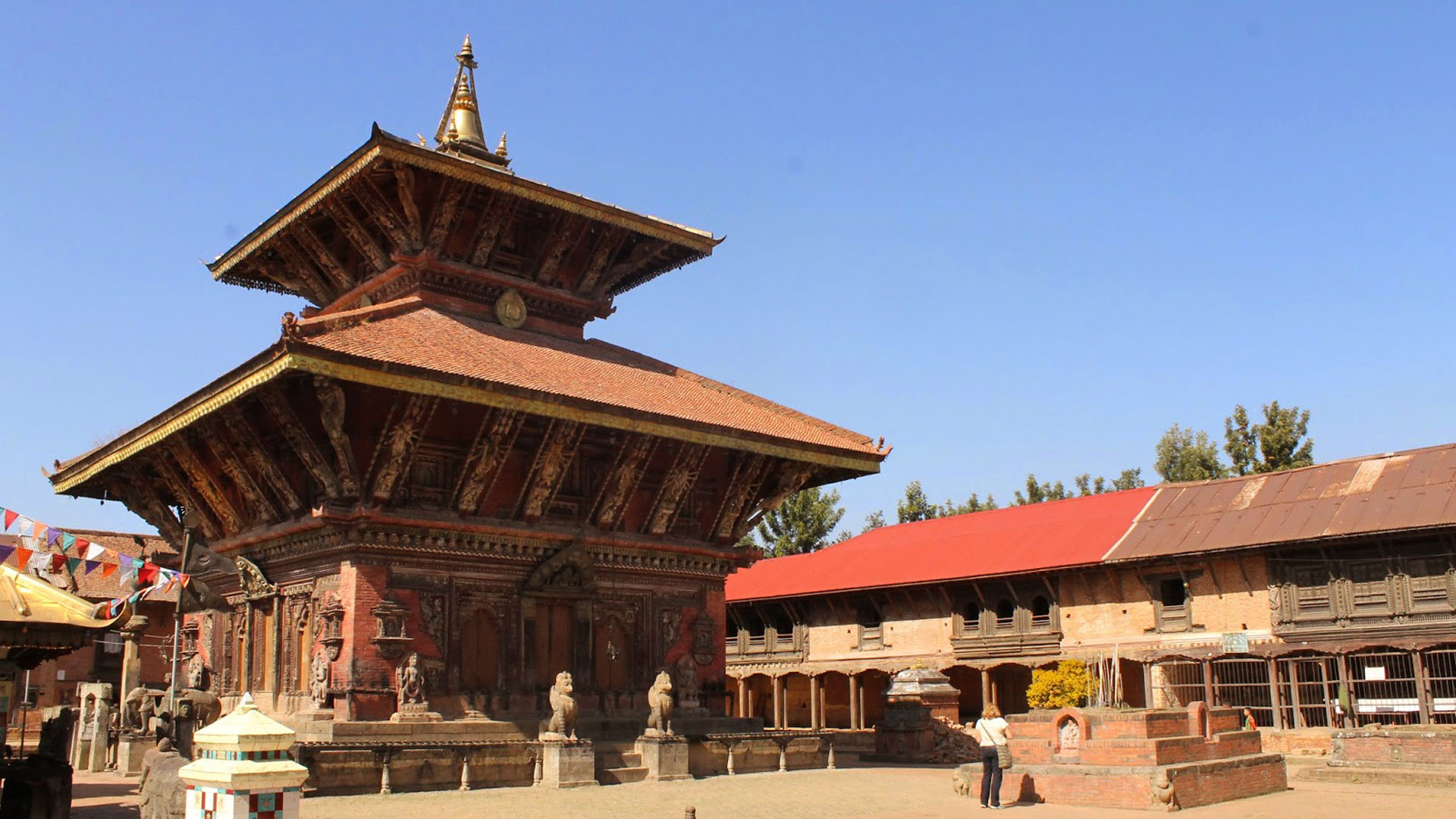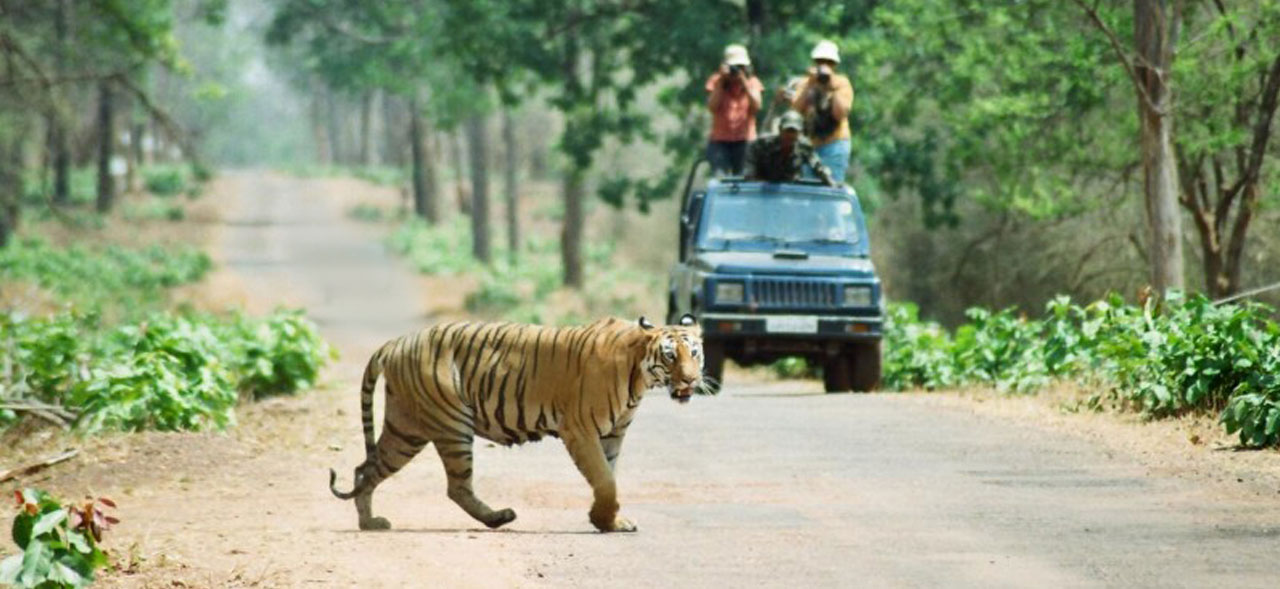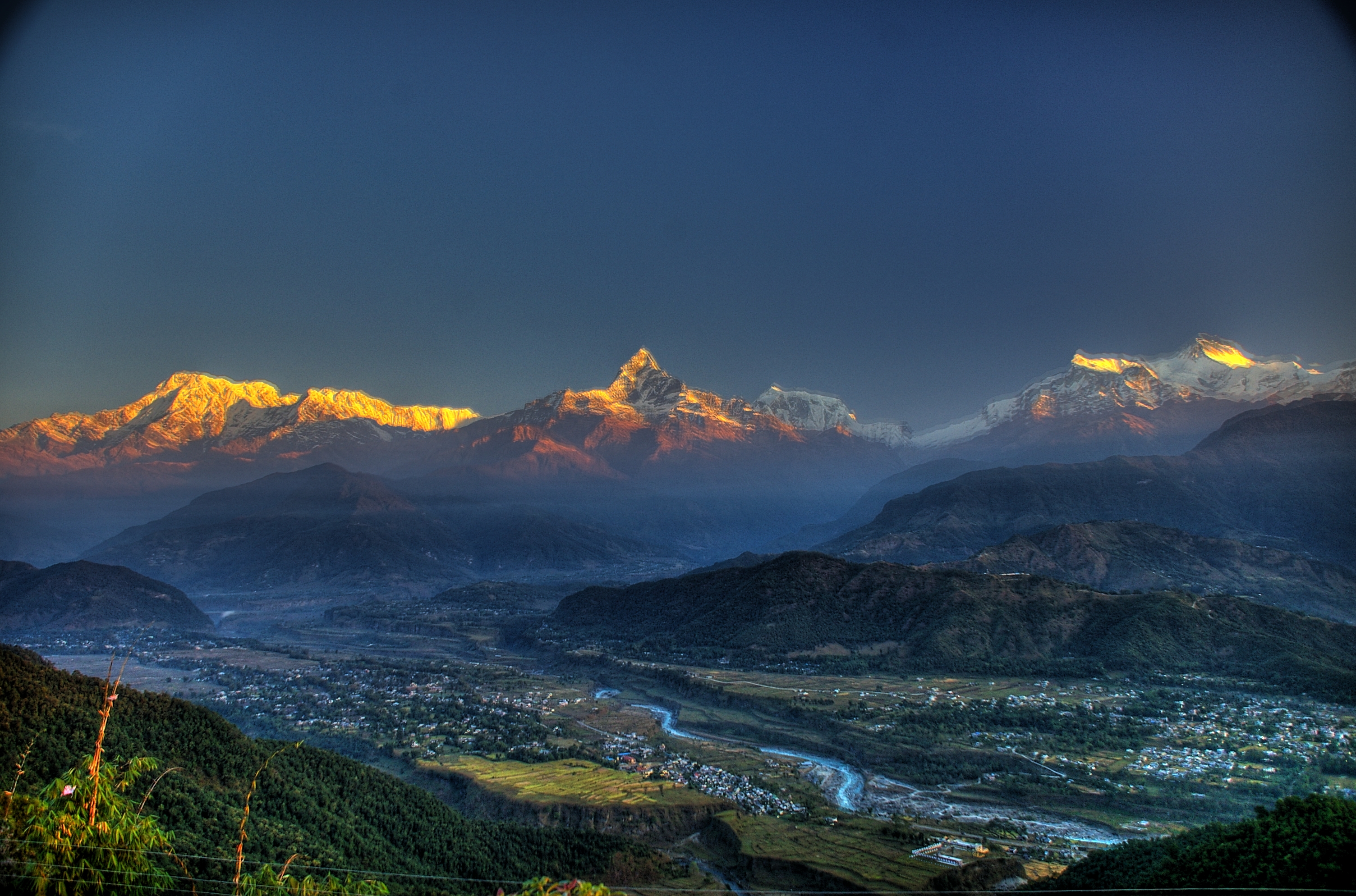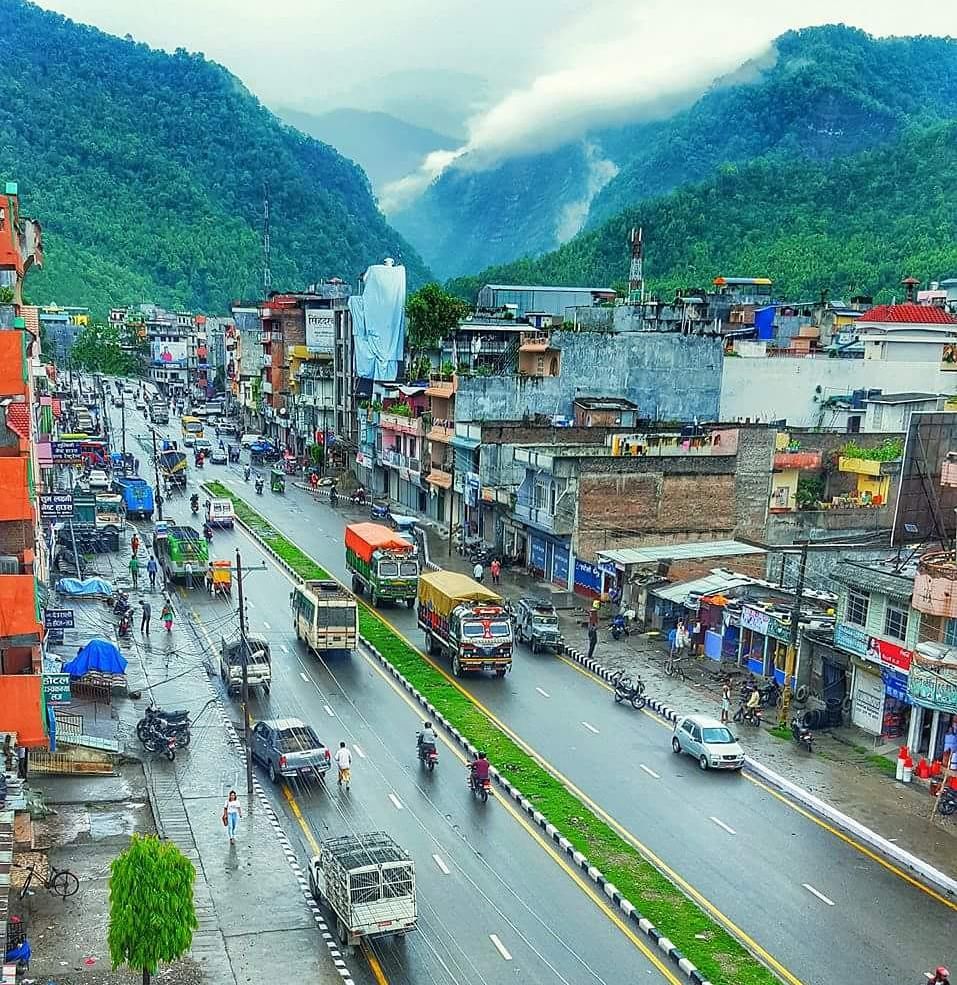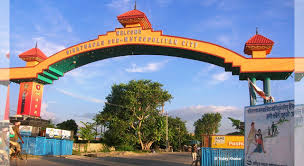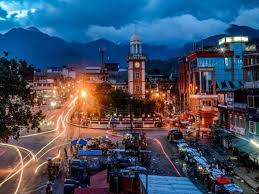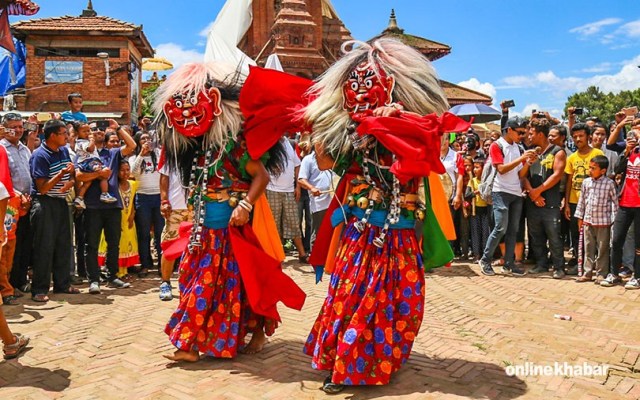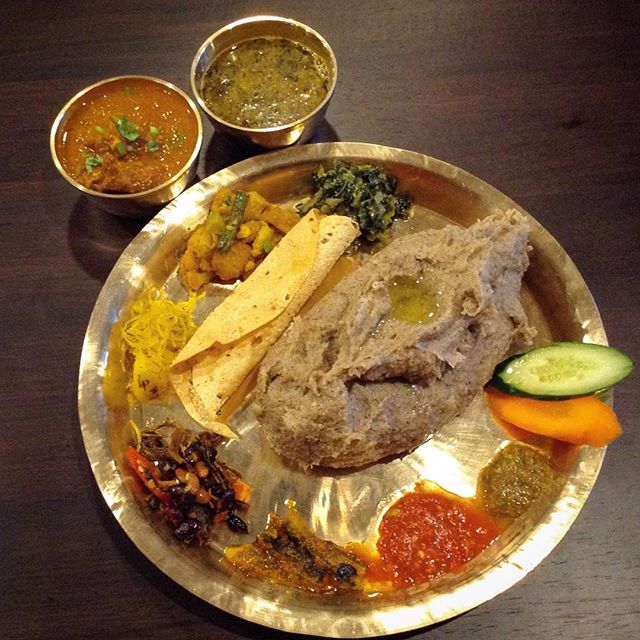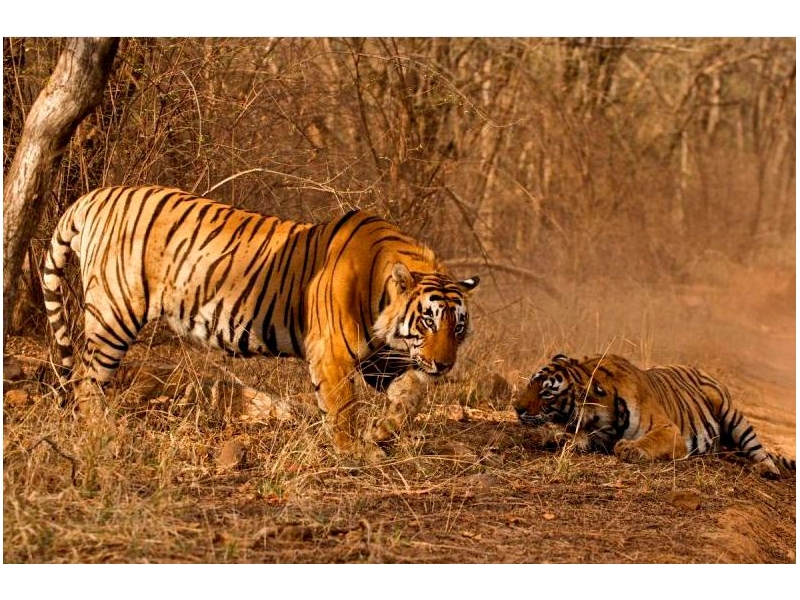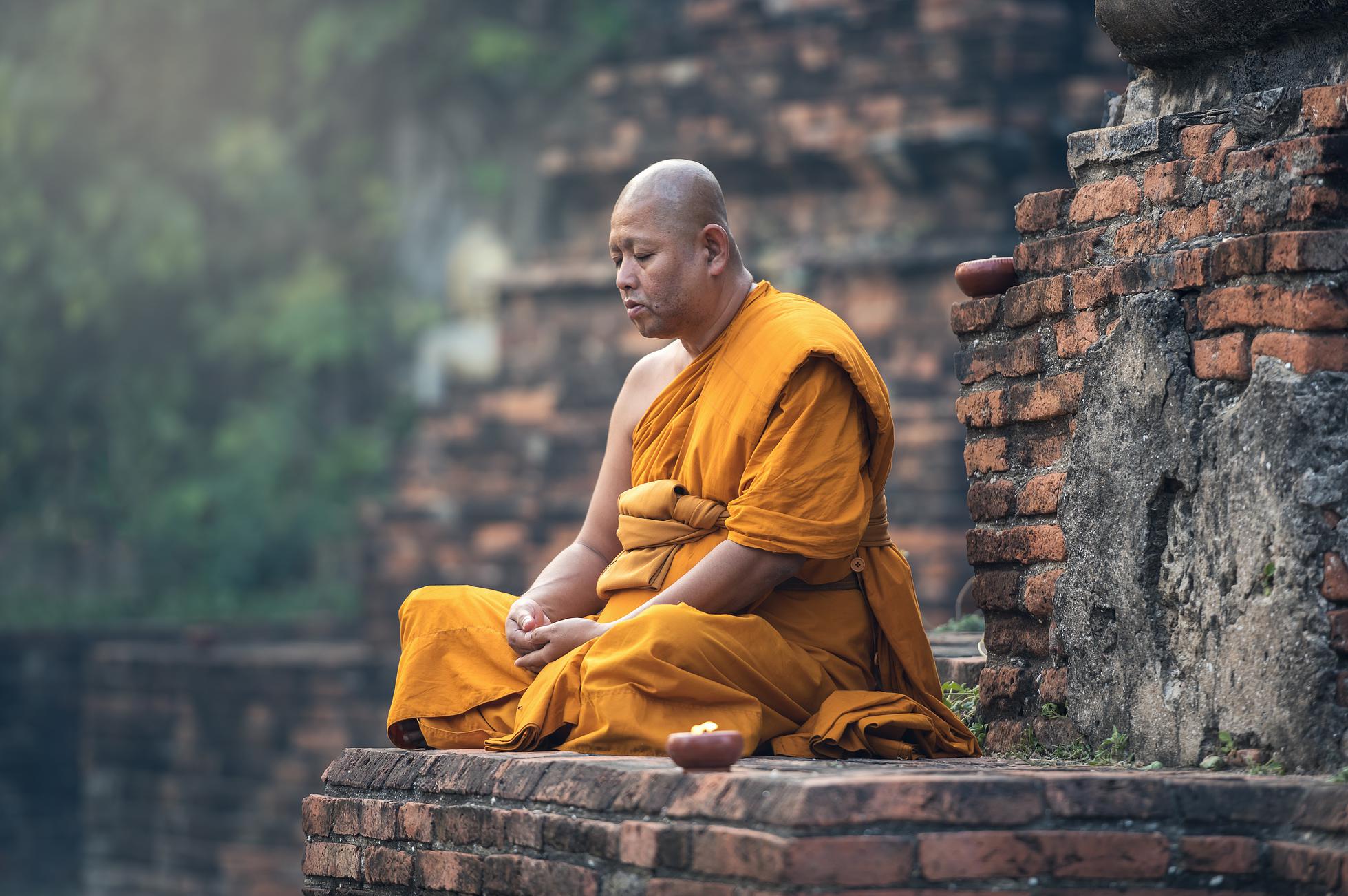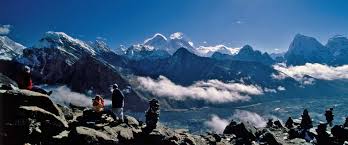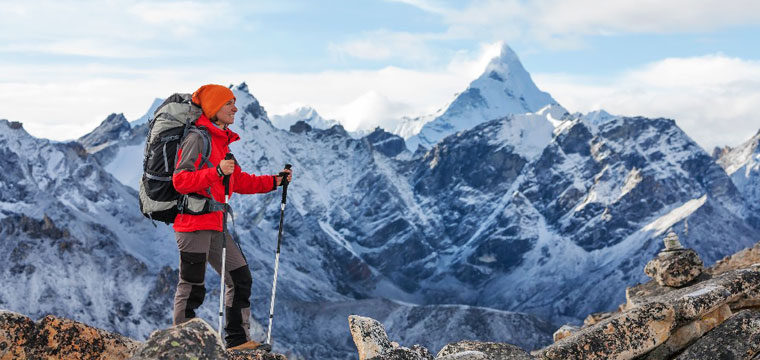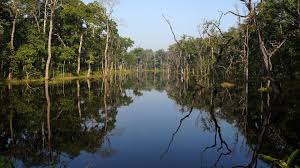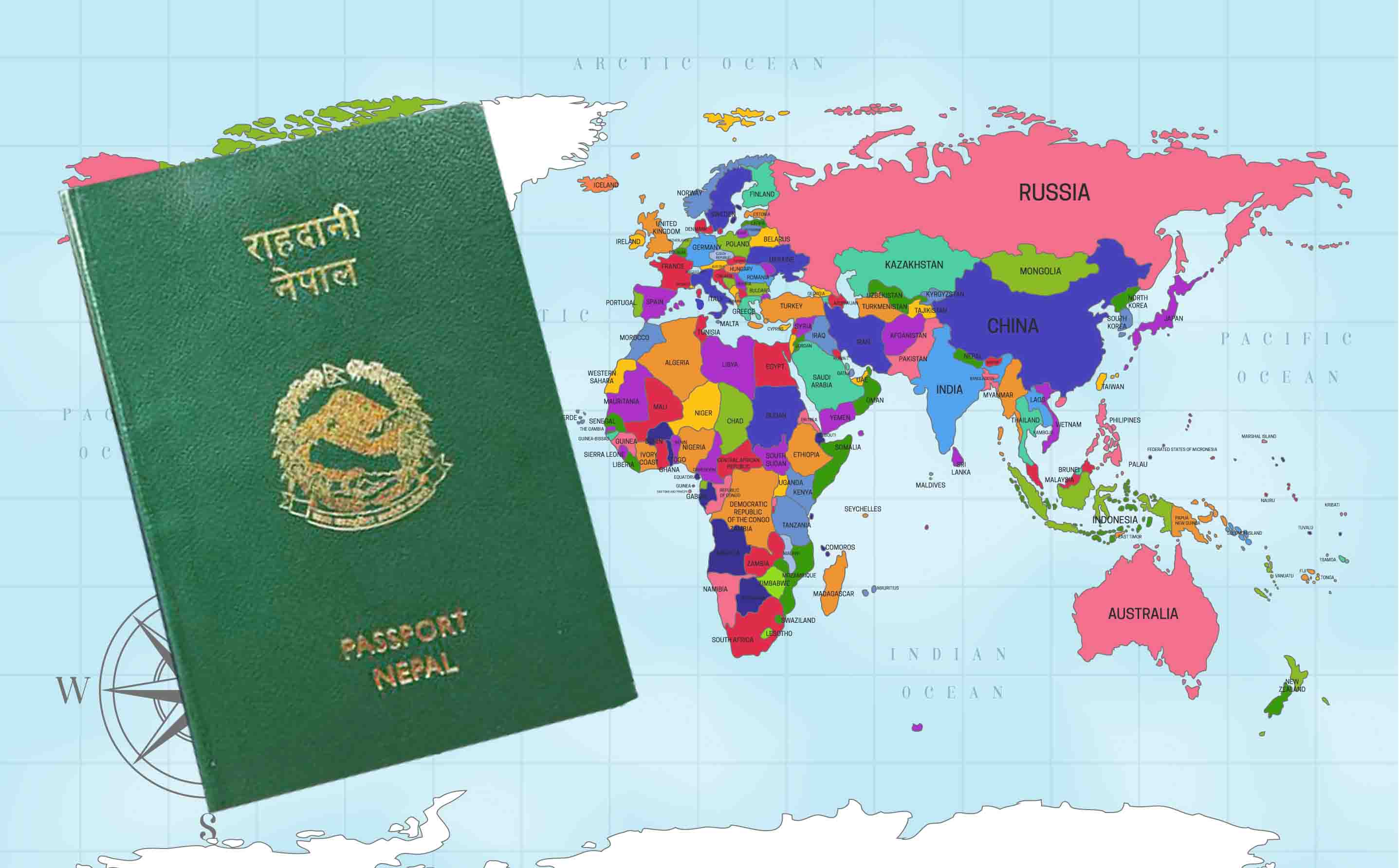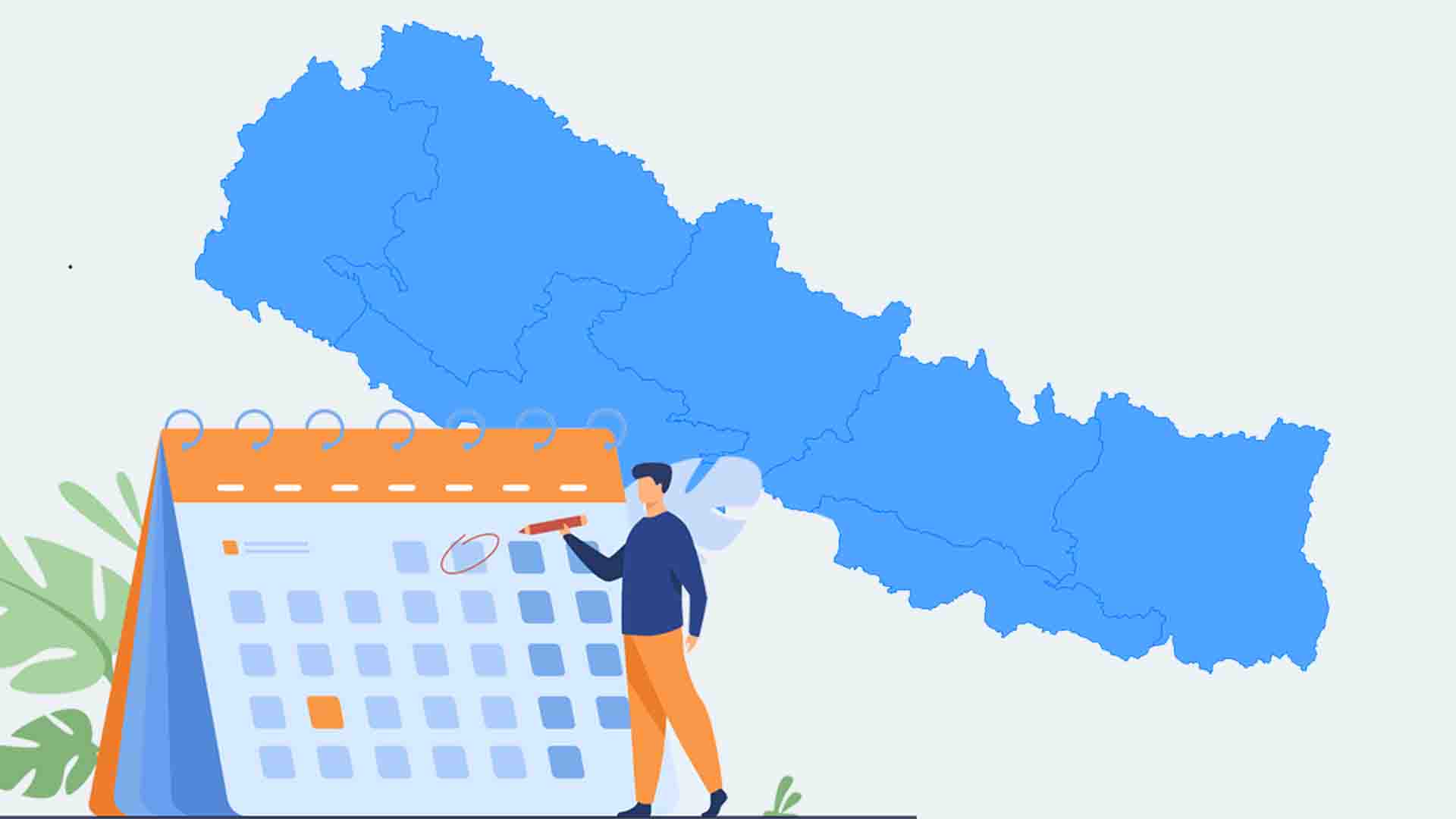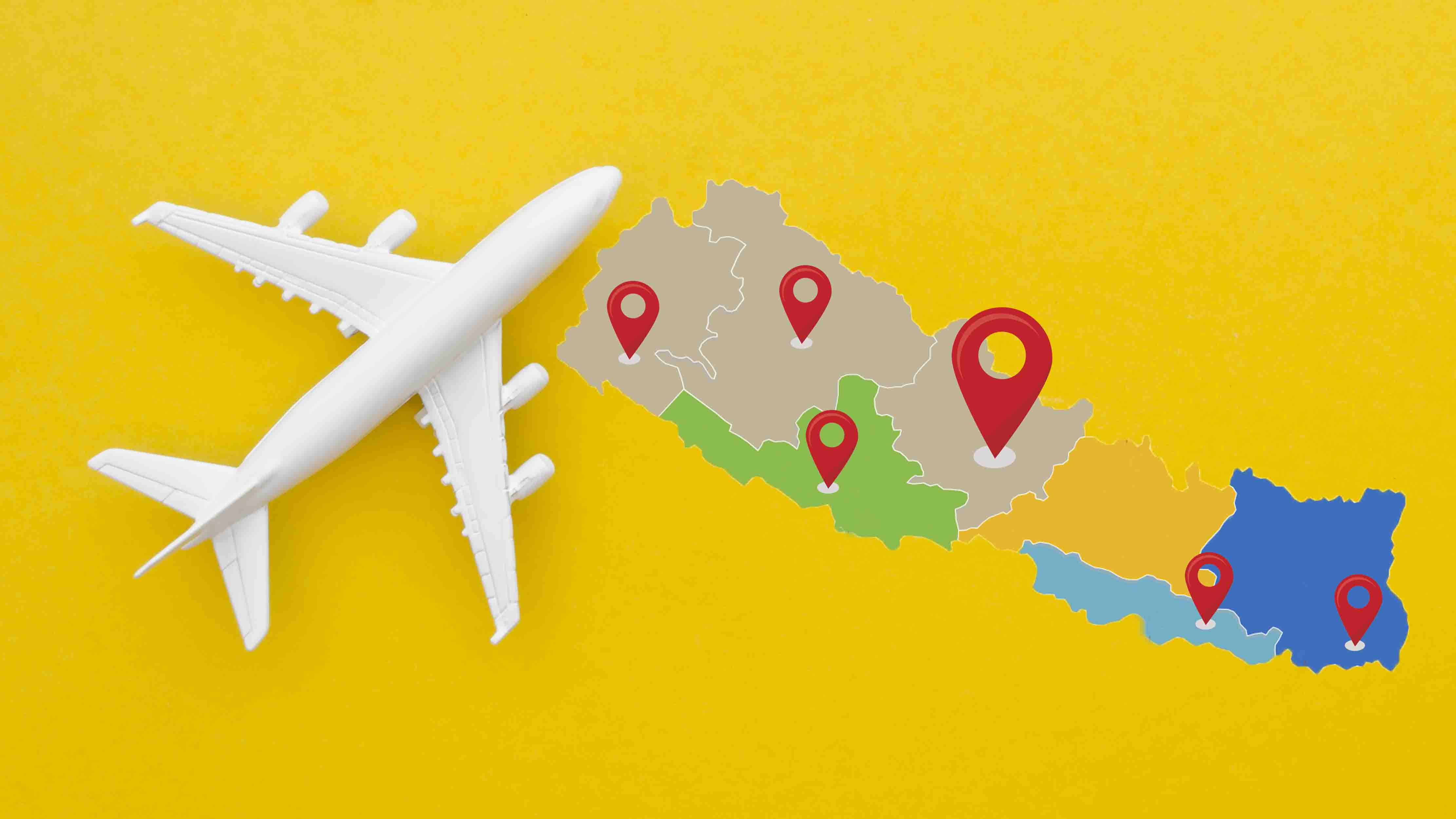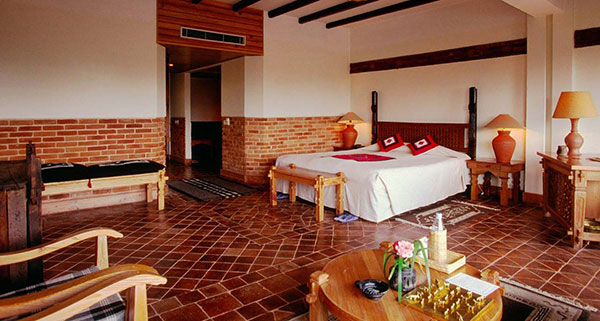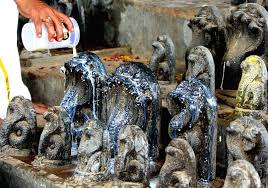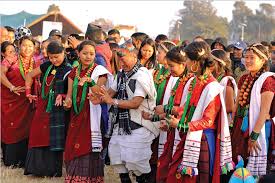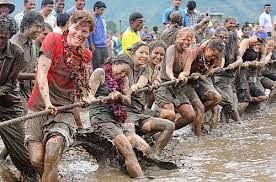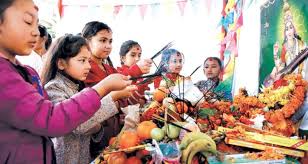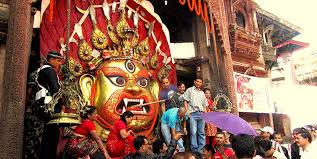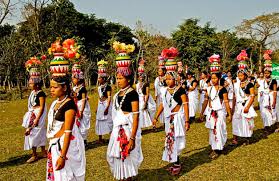Understand Nepal > festival > Nag Panchami
Nag Panchami
Nag is a Sanskrit word for snake. In Hindu mythology, a snake plays a crucial role. Nag Panchami is a special festival celebrated by Hindus in Nepal which falls in July. The festival date can vary every year depending upon the lunar calendar. On this festival, nag is worshipped as a deity.
According to a Hindu mythology Mahabharata, Lord Krishna ended the life of an evil snake called Nag Kalia on Shrawan Panchami. Thus, this day has been celebrated as Nag Panchami, which shows victory over evil by good.
People also believe that, when the Kathmandu Valley was drained from a big lake, snakes became angry to have to leave their place, so, people allocated certain land to snakes as pilgrimage destinations and after that snakes promised not to return and from that day, the valley is safe from snakes.
Here’s a popular mantra in Sanskrit that is chanted on this special day:
अनन्तं वासुकिं शेषं पद्मनाभं च कम्बलम्।
शंखपालं धार्तराष्ट्रं तक्षकं कालियं तथा ।।
एतानि नवनामानी नगनां च महत्मनाम् ।
सायंकाले पठेन्नित्यं प्रात:काले विशेषत:।।
तस्मै विषभयं नास्ति सर्वत्र विजयी भवत् ।।
This mantra is written at the end of the posters that people stick to the main door of their houses. Its significance is to enchant the snakes and worship them for peace and harmony. Along with pasting snake posters, people also offer milk to the snakes in their backyard hoping one will come to feed on it.
The things that people use on this special day are cow dung, rice flour’s serpent, cotton garlands, cow milk, barley, lava, etc. as they are considered holy on this day. With the traditional way of worshipping the snake god, people believe they will receive good health and blessing.
For Hindus, nag plays an important role. As Puran (the holy book of Hindus) tells the earth is held on the head of Shesh Nag, and Lord Vishnu sleeps on its coil inside the Ocean, people worship all forms of nags and traditionally celebrate this festival.
The temples worth visiting on this special festival are Naga temples in the valley at Nagpokhari, Taudaha, and Nagdaha.








